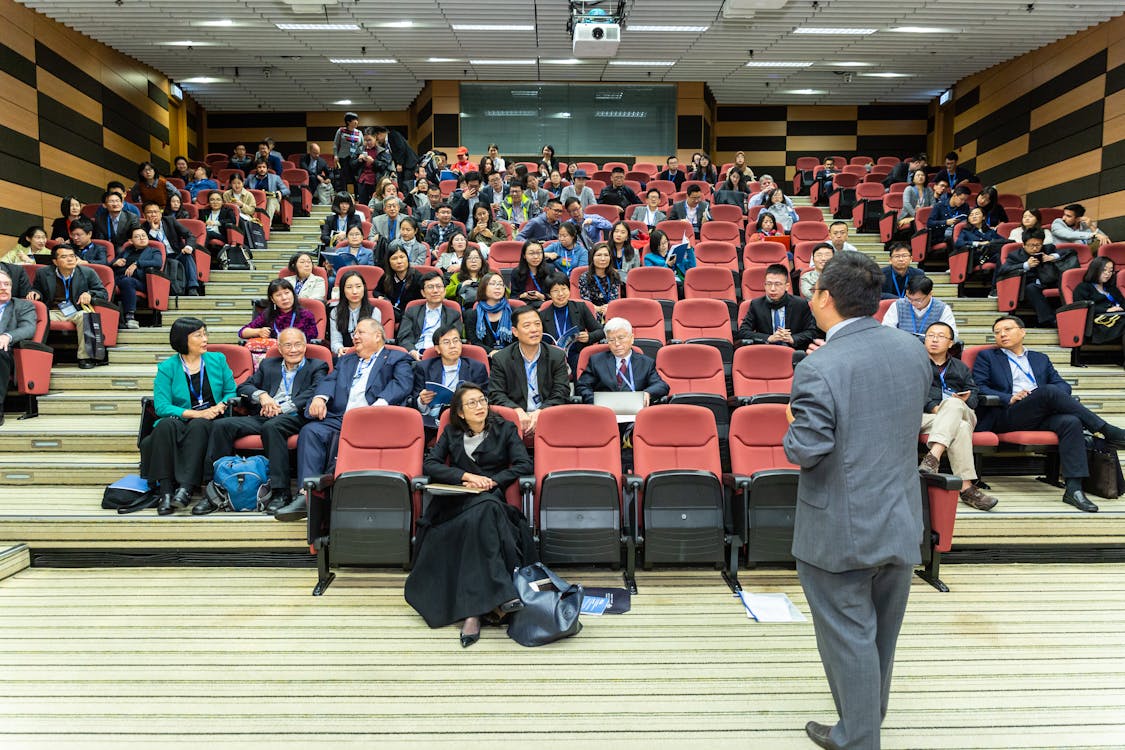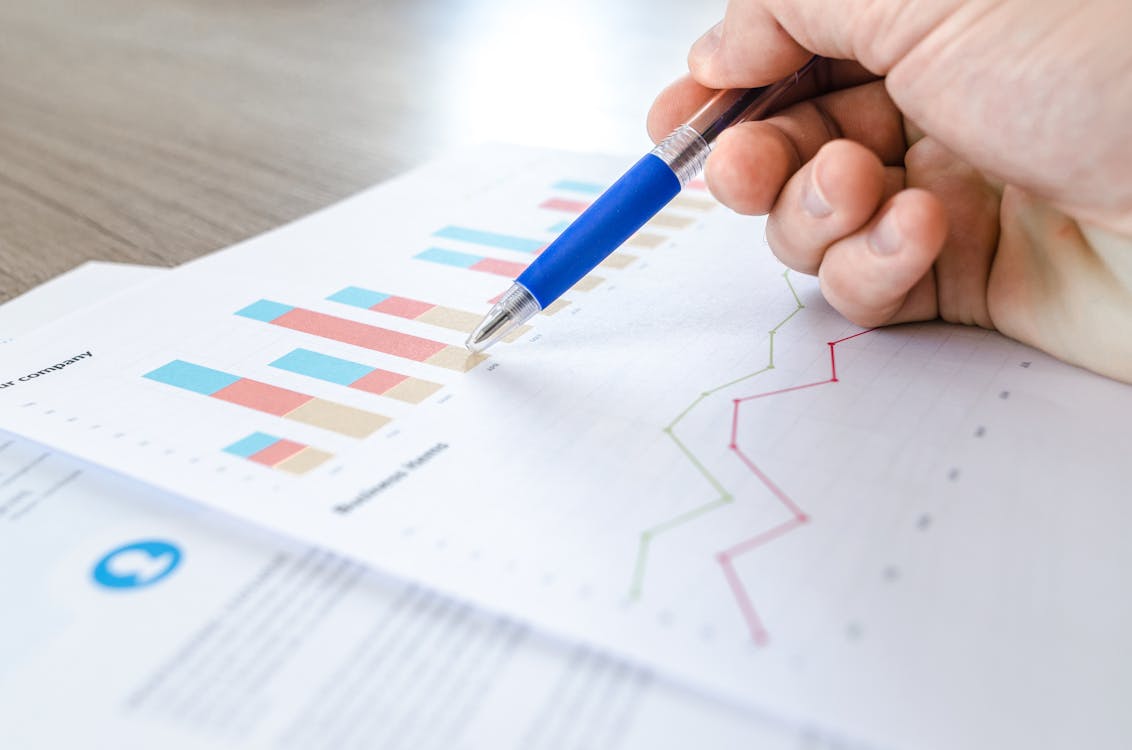My Victory Over Meeting Mayhem: Achieving Clarity and Productivity in My Work.
Conquering Meeting Mayhem: How I Finally Tamed My Calendar and Notes
My week used to be a blur of back-to-back meetings. As someone deeply involved in cross-functional projects, my calendar often looked like a game of Tetris gone wild – blocks of blue, green, and purple stacked precariously high. Each meeting was crucial, packed with updates, decisions, and action items. The problem? The sheer volume. I'd walk out of one meeting, heart still racing from a lively debate, only to dive straight into another with a completely different context. By Friday, my brain felt like a scrambled egg, and my notepad, a chaotic tapestry of half-formed sentences and cryptic abbreviations.

The real struggle wasn't just *attending* the meetings; it was what came after. Trying to remember who said what, which decision was finalized, and what my specific follow-ups were became a monumental task. My manual note-taking was a frantic race against the speaker's pace, often resulting in me missing key nuances while I scribbled. Then came the "consolidation" phase – hours spent deciphering my own handwriting, cross-referencing with colleagues ("Did you catch what Sarah said about the Q3 budget?"), and trying to compile coherent meeting minutes. It was exhausting, inefficient, and frankly, a huge drain on my productivity.
The Downward Spiral of Manual Meeting Minutes
Let's be honest, the traditional way of handling meeting minutes is broken for many of us in fast-paced environments. Juggling active listening with comprehensive note-taking is a cognitive tightrope walk. You're either fully engaged in the discussion, risking spotty notes, or you're meticulously documenting, potentially missing the chance to contribute valuable insights. This often led to me working late, trying to piece together the day's information. The information wasn't just hard to capture; it was also hard to retrieve. Finding a specific detail from a meeting two weeks ago meant sifting through pages of notes, a frustrating time sink.
Then there's the duplication of effort. Multiple people taking their own notes, often with slight variations, leading to confusion later. Or, the one designated note-taker bears the entire burden, becoming a bottleneck for information dissemination. This entire process felt archaic and was a significant source of stress. I knew there had to be a better way to manage this constant influx of information and the subsequent need for accurate record-keeping and workflow automation.

Discovering a Smarter Path: My Introduction to DeepVo.ai
One particularly grueling week, after spending an entire evening trying to reconstruct the minutes from three critical project meetings, I decided enough was enough. I started searching for solutions that could help automate this part of my workflow. That's when I stumbled upon DeepVo.ai. Initially, I was just looking for a decent speech-to-text service, but I quickly realized it offered much more.
The core of DeepVo.ai, for me, started with its high-precision audio processing for transcription. The idea of simply recording a meeting and getting an accurate text output was a game-changer. It boasts an accuracy rate of up to 99.5% and supports over 100 languages, which is fantastic for our international team calls. No more straining to catch every word or deciphering hurried handwriting. I could finally focus on the discussion, knowing the AI was capturing the details.
But the magic didn't stop at transcription. DeepVo.ai uses AI to provide intelligent summarization. Imagine, instead of reading through pages of text, you get a concise summary highlighting the key points, decisions, and action items. It even allows for customized templates, so I can tailor the summary format to different types of meetings – project kick-offs, weekly check-ins, client debriefs. This has saved me countless hours.
And then there's the smart mind mapping feature. This was an unexpected bonus. DeepVo.ai can take the transcribed content and automatically generate a structured mind map. This visual representation of the meeting's flow, key topics, and their relationships is incredibly helpful for quick reviews and for understanding the bigger picture. Plus, you can export these mind maps as images – perfect for sharing or embedding in reports.

Key Advantages That Transformed My Workflow
Since integrating DeepVo.ai into my routine, the benefits have been palpable. Here’s what stands out:
- Accuracy: The transcription quality is truly impressive. This reliability is fundamental; without accurate text, the downstream features like summarization wouldn't be as effective.
- Speed: Getting a summary generated in as little as 10 seconds after a meeting is incredible. This rapid turnaround means I can share key takeaways almost immediately, keeping everyone aligned.
- Ease of Use: The one-click audio import is straightforward. Whether it's a recording from my phone, a Zoom cloud recording, or a dedicated audio file, getting it into DeepVo.ai is effortless.
- Multilingual Coverage: Working with global teams, the ability to process audio in various languages accurately is a huge plus. It breaks down communication barriers.
- Security: Knowing that my sensitive meeting data is protected with end-to-end bank-grade encryption gives me peace of mind. This is crucial for any business tool.
This combination of features has fundamentally changed how I approach meetings. I’m no longer dreading the note-taking and minutes-writing process. Instead, I can be fully present and engaged in the discussion, confident that the important information is being captured and processed efficiently. It's genuine workflow automation for a previously tedious task.
My Go-To Tips for Maximizing DeepVo.ai
Beyond the core features, I've developed a few habits that help me get the most out of DeepVo.ai and improve my overall productivity:
- Template Power for Quick Scans: I've set up different summarization templates for different meeting types (e.g., "Client Updates," "Internal Brainstorm," "Project Sync"). This way, I can instantly see the specific information I need – action items for project syncs, key decisions for client updates – without wading through everything.
- Weekly Mind Map Review: Every Friday afternoon, I spend about 30 minutes reviewing the mind maps of all the week's key meetings. It's a fantastic way to get a bird's-eye view, spot connections I might have missed, and ensure all follow-ups are on track. It’s like a visual weekly debrief with myself.
- Liberate Your Hands, Engage Your Brain: This is less a DeepVo.ai specific tip and more a mindset shift it enables. Because I'm not frantically typing, I can use my hands for gestures, quickly sketch ideas on a whiteboard, or simply maintain better eye contact. This improves my engagement and the quality of the meeting itself. This enhanced focus directly translates to better note-taking outcomes from the AI.

Ready to Reclaim Your Time?
If you're nodding along, feeling the pain of meeting overload and the dread of manual meeting minutes, I genuinely encourage you to explore a smarter approach. For me, that solution has been DeepVo.ai. It’s not just about getting transcripts; it’s about reclaiming valuable time, reducing stress, and boosting overall productivity by intelligently handling meeting content.
Why not see how it can transform your workflow? You can try it out or learn more about its capabilities. It might just be the key to conquering your own meeting mayhem. Check out the free trial and experience the difference AI-powered note-taking can make.